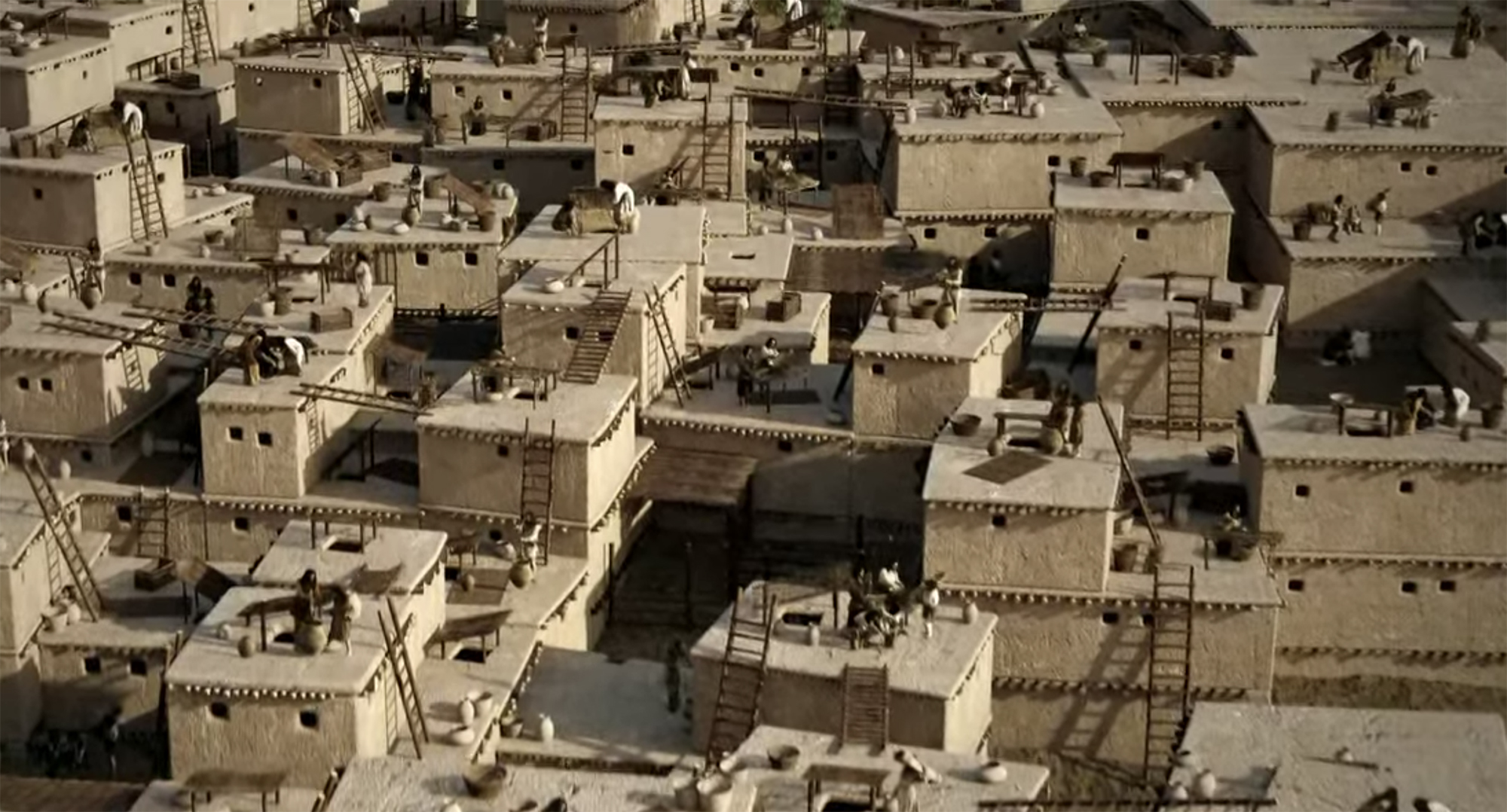
- Anatolia, 9,100 years ago. Taking advantage of the changes brought by the invention of agriculture, a population nucleus emerged in the Peninsular South, or what is the same, a city was born: Çatal Hüyük.

The city lived about 1,150 years and left us a rich deposit of 13 hectares wide and 25 meters deep. Archaeologists have been researching the site for more than 25 years and, in 2019, the American bioanthropologist Clark Spencer Larsen used data collected in a quarter of a century to analyze the characteristics of the population, whose results are published in the journal Proceedings of the National Academy of Sciences.
The traces of 725 humans, animals and plants have been able to know the diet of those first inhabitants of the city, who mainly consumed cereals and a few proteins that they obtained from sheep. Agriculture allowed food to accumulate and store, but also times of scarcity. In addition, they had to make an increasing effort to feed a growing population, more work in the city. And the change in food had another problem: cavities. Until then, nomads had no cavities, but the cereal rich diet increases the risk of this disease: About 10-13% of the population of Çatal Hüyük had pierced teeth.
As in today's cities, 9,000 years ago cities suffered from stress, violence, congestion and disease.
In general, the accumulation of people and lack of hygiene led to an increase in infections. To accommodate population growth, houses were built closer and closer, with stables and black wells. Buildings were covered with clay and animal and human residues have been found in these coatings.
After analyzing 93 skulls from the site, 25 of them presented healed fractures, half of which presented more than one fracture produced by solid objects. Life in the city broke down violence. Furthermore, talking about gender violence does not seem entirely absurd, as most skulls attacked are women.
After all, as in today’s cities, 9,000 years ago cities had to endure stress, violence, congestion and disease, or, as Larsen says, “many people started to test what happens when it accumulates in a small space and for a long time.”